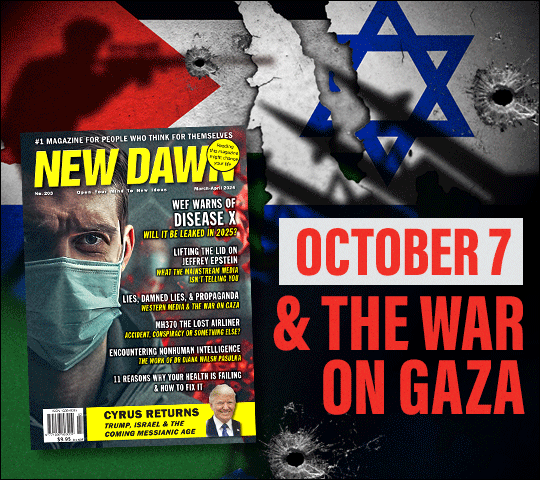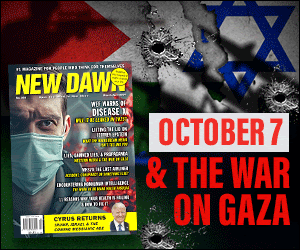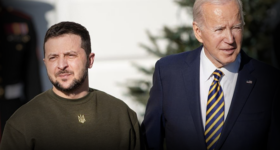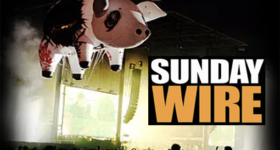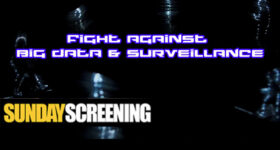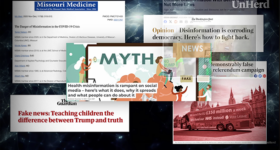21st Century Wire says…
To this day, very little is known about the brain and how – and even where, deep memories are stored.
Many of our childhood memories drive our adult behaviours, and scientists are keen to discover where they reside in the brain and why.
As we learn below (see article), research is already well underway, supposedly to “reduced painful memories”. But what happens when a state or a medical corporation can deploy this new-found technology to either medicate, or even implement a Total Recall scenario to either implant or erase a person’s memories?

(Image Source: Empire Online)
Is this merely in the name of science, or is it in the name of profits – or worse – is their a social engineering agenda at play here?
Just how far will ‘science’ go in order to medicate, reduce or erase people’s memories?
Luba Ostashevsky
Al Jazeera
According to Clay Routledge, associate professor of psychology at North Dakota State University, who studies how people bring meaning to their lives through memory, “Nostalgia can be seen as part of the bigger story of how emotions get stored in our memories, neither all positive or negative but as complex, bittersweet feelings.”
They stay with us because of the way that the memories were formed, more intensely than other impressions. What makes it nostalgia, he says, is the strong grasp that a memory has on the psyche and how it keeps affecting us.
“Our memories are the things that make us who we are,” says Joseph LeDoux, professor of neuroscience at New York University and author of numerous popular books that explore emotional memory. “They give us a sense of ourselves and inform our behavior.”
Storage of intense memories
The term “nostalgia” was coined in the late 17th century by a Swiss physician named Johannes Hofer. He used the roots of two Greek words, “nostos” and “algos” — meaning “suffering” and “origins” — to describe what he thought was a neurological disorder affecting Swiss mercenaries. Although the clinical definition of nostalgia has evolved — it is now considered a psychological condition, and similar to melancholy — scientists agree it does have some neurological underpinnings.
LeDoux suggests that although little is known about the neuroscience of nostalgia, it probably has something to do with how memory and emotions are stored in the brain. Short-term memories contain information such as the location of car keys or a clever twitter handle and are stored in the frontal lobe. But long-term memories — such as a friend’s name or how to ride a bike — are moved via neurotransmitters (through a process called “consolidation” that often happens during sleep) to the hippocampus, a part of the brain located deeper in the cranial cavity.
Neuroscientists have traced memory to particular brain circuitry, showing how a stable long-term memory is formed through connections between nerve cells. But when a memory is stored at a time of emotional arousal, the imprint is more powerful, possibly due to the neurotransmitters — comparable to hormones in the endocrine system — that the brain secretes in that moment. LeDoux thinks that the process of forming the mental imprint of an event may be closely linked to what is known as “flashbulb memory.”
This ultra-clear memory was first identified in 1977 by Roger Brown, professor at Harvard University, and his graduate student James Kulik, currently professor emeritus at the University of California, San Diego. In a telephone interview, Kulik says that at the time, people didn’t think of memory and emotions as closely linked. “Memory research involved primarily memory for words, syllables and other nonemotional stimuli that wasn’t personally meaningful. Roger and I were interested in how intensely personal memories are stored, so to have a common reference point for respondents, we focused on personal memories for public events.”
Asking individuals to recall the assassination of John F. Kennedy, they discovered that these memories captured the event with such clarity and vividness that they thought it triggered a unique mechanism in the brain similar to taking a picture, hence the “flashbulb”.
Kulik notes that in bringing the study of emotion and memory together, they helped launch the study of autobiographical memory and, more generally, the explosion of research on emotion, which continues to this day.
In 2007, NYU psychologist Elizabeth Phelps identified the brain circuitry involved in the creation of flashbulb memories. Her team took scans of people’s brains as they recalled the events of September 11, 2001, and saw that the amygdala, the brain’s emotional center, was lit up. Her work uncovered that the closer one was to the event, the stronger the recollection and the easier it was to retrieve.
Although the idea that the brain takes a photograph has been debunked, neuroscience is exploring how emotions drive memories and give them an almost cinematic quality.
(…) LeDoux warns that little is known about the regions of the brain associated with these deep memories. Research is ongoing to create an understanding of where painful memories might sit and how the suffering they cause can be reduced. An August 2014 paper from Nature describes how two Massachusetts Institute of Technology researchers found a way to break the connection between a memory and the emotion we feel as a result.
And yet if Routledge’s research is correct, painful memories give our lives meaning and influence us as people…
Continue this story at Al Jazeera
READ MORE CHRISTMAS STORIES AT: 21st Century Wire Xmas Files
–



